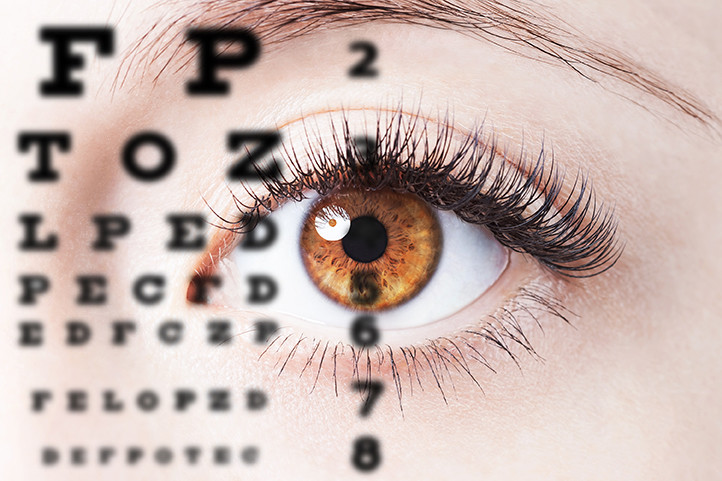Diabetes side effects on the eyes include a host of conditions like diabetic cataract, diabetic retinopathy and others. Diabetes also affects the pupils of the eyes leading to conditions like smaller pupil sizes, and diabetic ophthalmoplegia.
Diabetes and eyes – Diagnosis of pupillary conditions
Pupillary conditions that arise out of diabetes are mainly caused due to diabetic neuropathy of the autonomic nerves. This leads to diabetic autonomic neuropathy. Damage to the nerves and blood vessels of the eyes lead to disorders of the oculomotor nerves and lead to conditions like small pupil sizes and diabetic ophthalmoplegia.
When it comes to the diagnosis of pupillary conditions, the patient’s past medical history, existing medical conditions, and a physical examination of the eyes are conducted. While the presence of smaller pupil sizes is clearly seen in a physical examination of the eyes, the responses of the pupil to light and darkness is tested by other tests including:
- Swinging Flashlight test
- Pupil dilation test
- Slit-lamp examination
- Pharmacologic pupil dilation/constriction test
By determining the size of the pupils, pupillary responses, and their dilation and constriction, pupillary conditions are evaluated and diagnosed.
Diabetes and eyes – Diagnosis of Diabetic ophthalmoplegia
Diabetic ophthalmoplegia is a diabetic eye problem that arises when the oculomotor nerves are affected by diabetic autonomic neuropathy. This leads to weakness and paralysis of the eye muscles. This condition is also known as diabetic third nerve paralysis. Apart from conducting nerve function tests and other pupil tests, the diagnosis of diabetic ophthalmoplegia is differential.
Tests include:
- Pupil dilation/constriction test
- Slit-lamp test
- Swinging flashlight test











